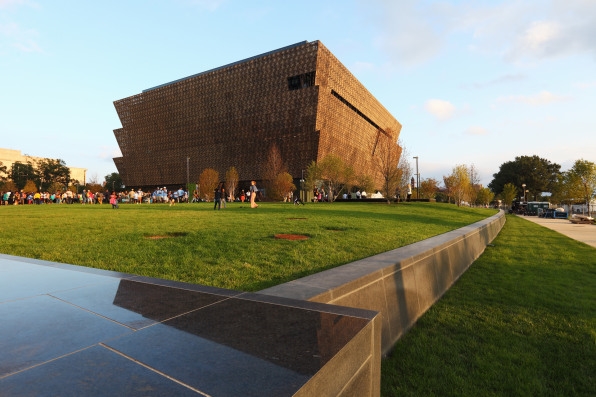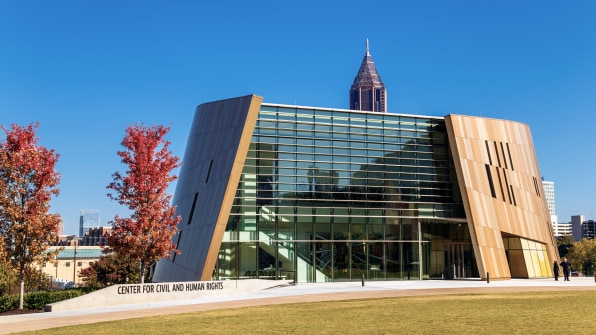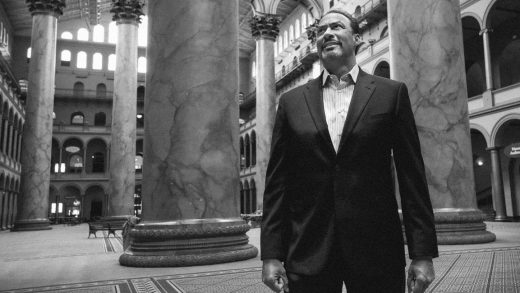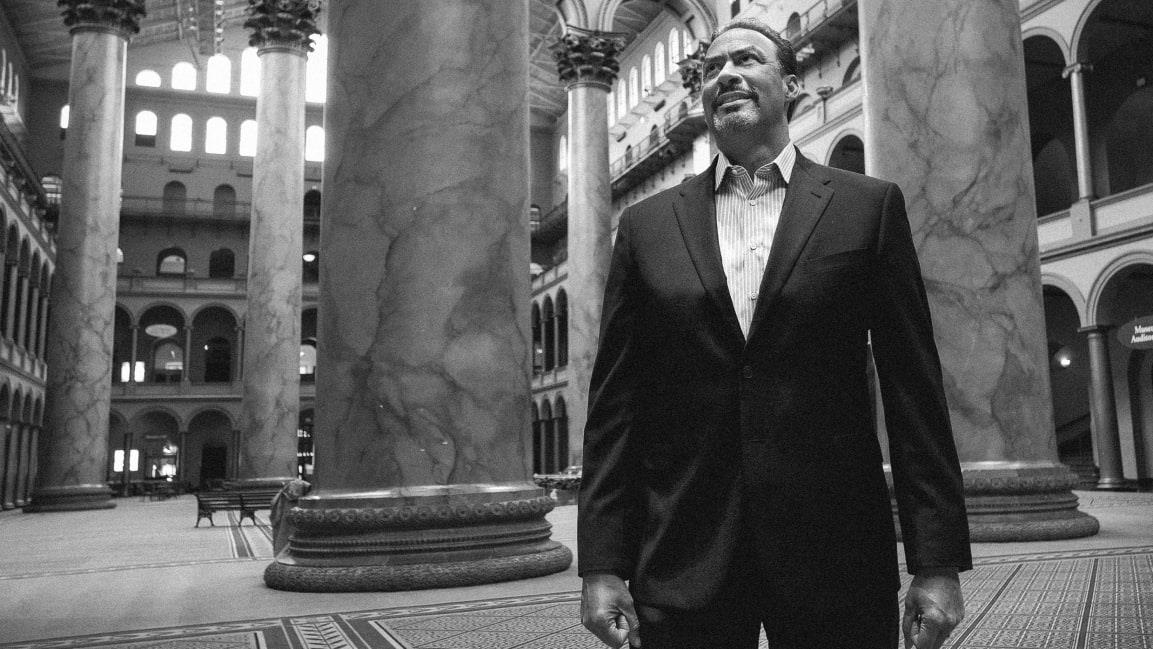Remembering Phil Freelon, a visionary architect who championed diversity
Phil Freelon, the renowned architect behind the National Museum of African American History and Culture and many other influential projects, has died. The NorthStar Church of the Arts, the arts and spirituality space that Freelon cofounded with his wife, jazz singer Nnenna Freelon, confirmed his death in a post on Facebook. He was 66.
It’s hard to top President Obama’s tribute to Freelon’s African American history museum, which Obama delivered at the building’s opening in September, 2016. In it, the president—who also appointed Freelon to the National Commission of Fine Arts, which he served on until 2016—described watching the building rise over the course of his time in office:
Over the years I have always been comforted as I have watched this museum rise from this earth, into this remarkable tribute, because I know that years from now, like all of you, Michelle and I will be able to come here to this museum, and bring not just our kids but hopefully our grandkids. I imagine holding the little hand of somebody, and telling them the stories that are enshrined here. And in the years that follow, they’ll be able to do the same. And then we’ll go to the Lincoln Memorial. And we’ll take a view atop the Washington Monument. And together we’ll learn about ourselves, as Americans. Our sufferings, our delights, and our triumphs. And we’ll walk away better for it. Better because we better grasp the truth. We’ll walk away that much more in love with this country—the only place on earth where this story could have unfolded. It is a monument, no less than the others on this mall, to the deep and abiding love for this country and the ideals upon which it is founded. For we, too, are American.

Freelon was “unquestionably the most influential African American architect practicing today,” as Diana Budds put it in a Fast Company feature in 2017.
After attending North Carolina State University and MIT, he founded his practice in Durham, North Carolina, in 1990 (it later merged with Perkins + Will in 2014). He left behind a body of work that includes many other cultural institutions focused on the African American experience, like Atlanta’s Center for Civil and Human Rights, the Mississippi Civil Rights Museum, and San Francisco’s Museum of the African Diaspora, but also a long list of smaller architectural and urban-scale projects that he sought to imbue with the thoughtfulness and dignity not often afforded to public projects. For instance, when the city of Houston awarded Freelon the commission to renovate Emancipation Park, an underserved park in the city’s Third Ward that had been purchased by local groups—led by a former slave—in 1872, he made the public’s involvement a cornerstone of the design, spending an “entire year” gathering input and holding public workshops about the historic site’s importance to the community, as Budds reported.
“Phil will often speak about bringing high-quality design to groups or communities that can’t normally afford high-quality design—they sort of get the leftovers,” said longtime Freelon collaborator Kenneth Luker. “I like to describe it as, we do architecture that matters. It matters that it’s there and it would matter very much if it wasn’t there.”

Freelon’s legacy isn’t just evident in his architecture. He also worked to make his profession—where, as of 2017, some 90% of architects identified as white, according to the National Council of Architectural Registration Boards—more diverse and inclusive through efforts like establishing a scholarship offering financial aid to students from underrepresented groups to making his own practice representative of the inclusive and diverse hiring practices he wanted to see across architecture. Freelon mentored, taught, and raised up young professionals while also running a successful practice—and pointed out that it made the work better. “I like having different perspectives at the highest level of the practice because it makes for better decisions,” he told Budds. “If I knew everything and felt like my decisions were better than anyone else, why have anyone else around? Having women, minorities, people from other parts of the world, and age diversity makes for better design, better decisions, and a more vibrant practice.”
The social impact of Freelon’s architecture extended well beyond his built work, to the people he designed for and those he taught. Read more about his remarkable life and work here. You can find out more about NorthStar here.
(53)



